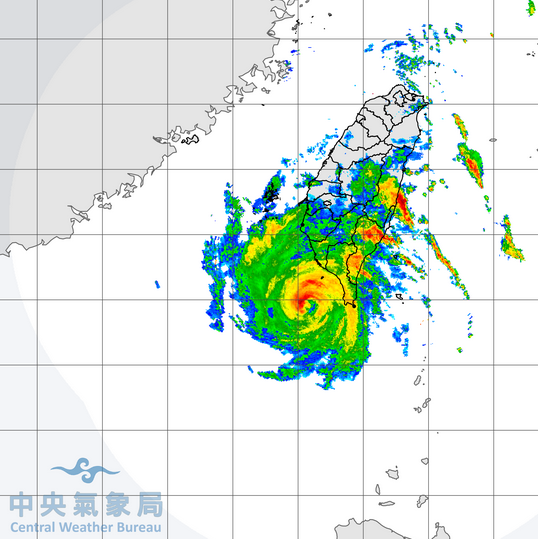Tropical Storm Koto weakened as it meandered over the South China Sea east of Vietnam on Sunday. At 10:00 p.m. EST on Sunday the center of Tropical Storm Koto was located at latitude 14.7°N and longitude 111.6°E which put the center about 200 miles (320 km) east-northeast of Quy Nhon, Vietnam. Koto was moving toward the southwest at 4 m.p.h. (6 km/h). The maximum sustained wind speed was 40 m.p.h. (65 km/h) and there were wind gusts to 50 m.p.h. (80 km/h). The minimum surface pressure was 1004 mb.
Tropical Storm Koto weakened on Sunday as it moved through a mass of drier air over the western part of the South China Sea. The drier air caused thunderstorms near the center of Koto’s circulation to dissipate. Many of the bands revolving around the center of Tropical Storm Koto consisted of showers and lower clouds. Thunderstorms were still occurring in a couple of bands in the southern part of Koto’s circulation.
There were no thunderstorms near the center of Tropical Storm Koto to generate upper level divergence. Mass was still converging in the lower levels of the atmosphere. So, the surface pressure increased on Sunday.
The size of the circulation around Tropical Storm Koto decreased as Koto weakened on Sunday. Winds to tropical storm force extended out 65 miles (105 km) from the center of Koto’s circulation.
Tropical Storm Koto will be in an environment that will be unfavorable for intensification during the next 24 hours. Koto will move over water where the Sea Surface Temperatures are near 29°C. It will move under the southeastern part of an upper level ridge that is over the Southeast Asia. The upper level ridge will produce northeasterly winds that will blow toward the top of Koto’s circulation. Those winds will cause strong vertical wind shear. In addition, Tropical Storm Koto will continue to be in a region of drier air that is over the western part of the South China Sea. The strong vertical wind shear and drier air will continue to cause Tropical Storm Koto to weaken during the next 24 hours.
Since there are no thunderstorms near the center of Tropical Storm Koto, Koto will be steered by the winds in the lower level of the atmosphere. Koto will move around the southeastern side of a high pressure system that is over Southeast Asia. The high pressure system will steer Koto toward the southwest during the next 24 hours. On its anticipated track, Tropical Storm Koto will move toward southern Vietnam.

